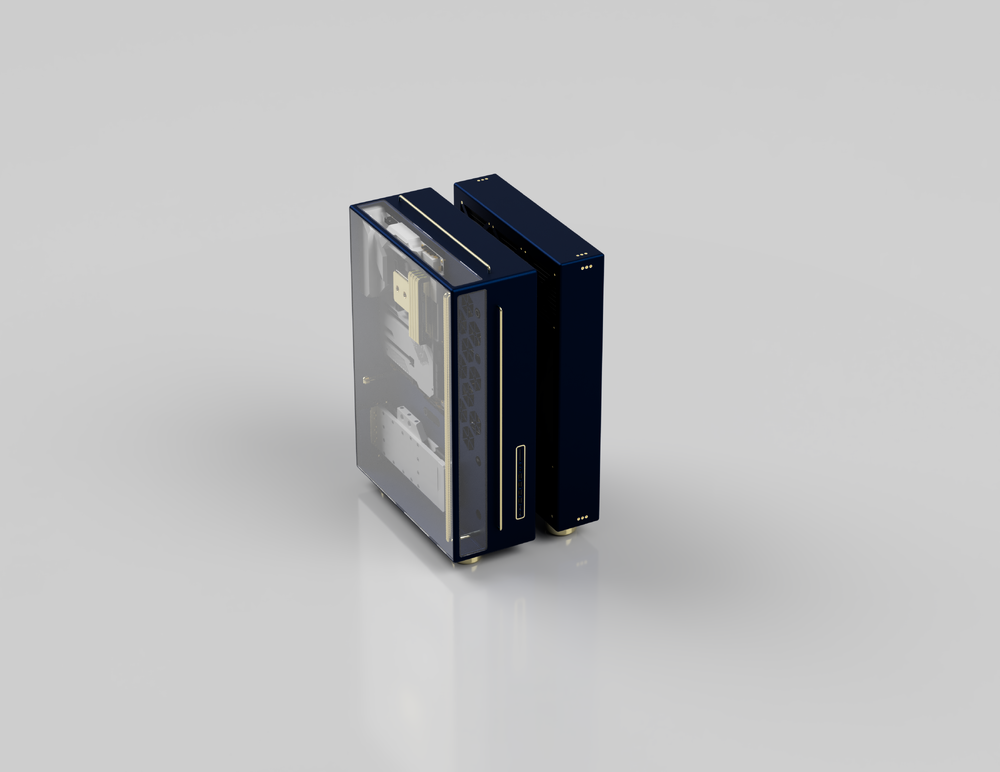I have been designing a case that integrates phase-change cooling for the last couple of years and I have tried to solve as many of the problems that I found we face when we try to go toward sub-ambient or sub-zero cooling. So, here are the key features of the case, and please give your thoughts on it:
- The case will have an integrated phase-change cooling system that works as a chiller for sub-zero cooling for both CPU and GPU. You will have the option to run the phase-change cooler continuously or in high-demanding situations the chiller to kick in. You can turn on and off the chilling system anytime you want switching between sub-zero cooling and normal liquid cooling.
- Removing the need to insulate the components of the PC entirely. One of the most annoying things about cooling PC components to anything lower than room temperature is condensation. Whenever you try to chill a PC, you have to insulate everything that cools down below ambient temperature. You have to use a kneaded eraser on the motherboard around the CPU. You also need to insulate many things with foam which takes the fun out of cooling your PC to sub-ambient temperatures. So, I have designed the case in a way that eliminates the need to insulate any component of the PC. you can change any of the PC parts easily and none of the parts are ruined with insulation material like kneaded eraser or Vaseline in the CPU socket.
- Usually, phase-change cooling comes with the drawback of the loud noise that comes from the AC compressor. So, to reduce the noise, I have designed a patent-pending casing for the AC compressor to reduce its noise to be equal to or even lower than the noise generated by conventional PC fans. This means that the case will be as quiet as a normal desktop PC with let's say Noctua NF-A12 fans at mid-range speed.
- The case will also have an integrated test bench that holds the motherboard, GPU, PSU, three 3.5” drives, and two 2.5” drives. You can insert the test bench into and out of the case with a couple of quick releases. It makes the building of the case very easy or even changing parts.
- This case eliminates dust on the main components of the case especially the parts that are on the test bench. The motherboard, GPU, and the drives will be as clean as the day the PC was built.
- The case includes two 360mm or 240mm radiators based on configuration, a phase-change cooling system that contains an (AC compressor, condenser, heat exchanger), reservoir, and water pump combo, and between 9 to 12 fans.




 . I still have an old chiller in the garage that I keep meaning to dig out and us for a ghetto build. There were a couple of issues with chillers that always plagued us that you may or may not have considered.
. I still have an old chiller in the garage that I keep meaning to dig out and us for a ghetto build. There were a couple of issues with chillers that always plagued us that you may or may not have considered.